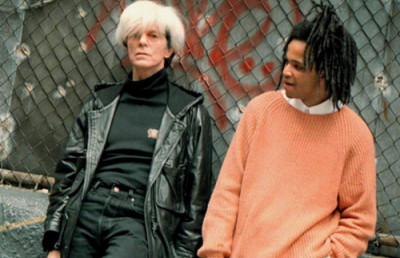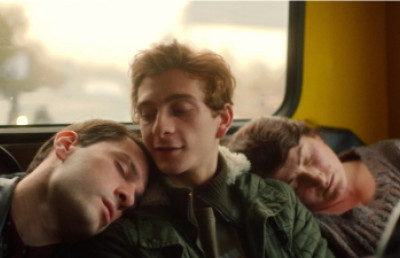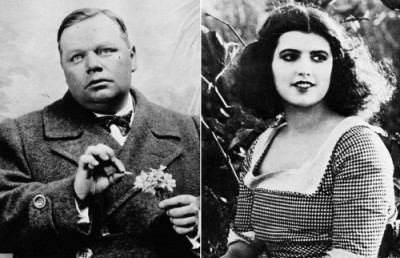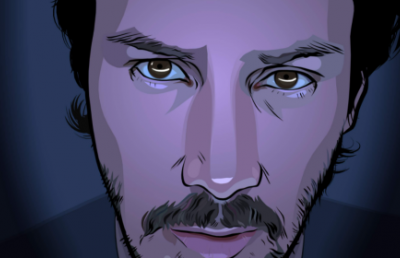An Interview with Gritt director Itonje Søimer Guttormsen
The cost of standing out in modern-day Scandinavia
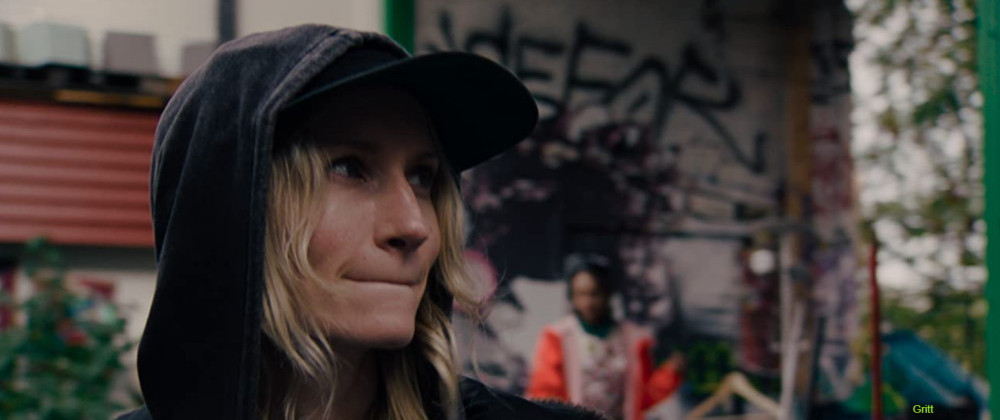
Ever since I saw Gritt make its debut at International Film Festival Rotterdam last year, I have been describing the film as a psychological thriller about a struggling artist who tries and fails to turn her vision into a reality. Years of fruitless endeavors across Oslo’s shrinking and highly elitist art scene cause the titular Gritt to cling to her undeveloped ideas as if it were a matter of life and death. When prompted, she consistently struggles to put her thoughts and feelings into intelligible terms, further widening the gap between her and her would-be audience.
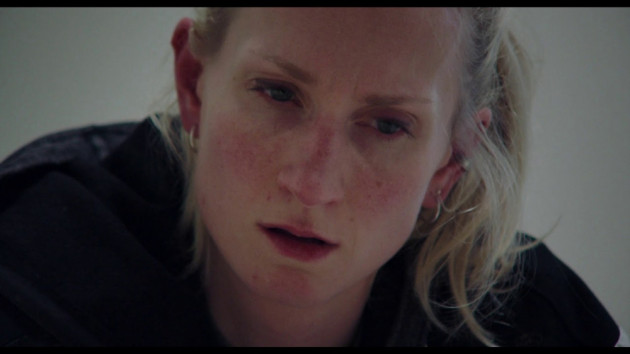
For a short while, it seemed as if the film’s director, Itonje Søimer Guttormsen, would suffer a similar fate. It’s hard to find investors when you’re a first-time filmmaker as well as a citizen of Norway – an increasingly homogenous society that does not tolerate rebellious types, and where the audience for independent film is even smaller than elsewhere. Fortunately, after gathering a small but devoted following at IFFR, Gritt was picked up by MUBI, where it is now available for streaming.
Although Gritt’s predicament is relatable to all, her story is also to a particular place and time, containing commentary that’s easily lost on those who are unfamiliar with Norwegian people and their customs. As explained by the Norwegian critic Maria Fosheim Lund, the character believes that Scandinavian civilization has been covered by what she refers to as the “White Inflammation,” a thick, colorless fog that – culturally speaking – “renders its citizens apathetic, drugged down by their own comfort.”
As Gritt already demonstrated herself, it’s hard to explain just what the “White Inflammation” is, though one’s inability to accurately describe the concept does not make it any less real. On the day of our interview, I greeted Guttormsen with this in mind. Below is an excerpt from our subsequent conversation, which was conducted over Zoom as IFFR made the decision to go fully remote that year. Aside from dissecting Guttormsen’s multifaceted depiction of the struggling artist, we also discuss the unique role of creatives in modern-day Norway.

Offscreen: Before we start our discussion, I just want to say congratulations. I only finished the film a few hours ago, but I already feel confident in saying that Gritt was one of the most precise character studies that I ever saw. The main character – all her mannerisms and peculiarities, thoughts and feelings – everything was so finely developed that it made me both amazed and a little uncomfortable, and I strongly suspect that was intentional on your part.
Itonje: I’m touched.
Offscreen: This is your first feature. Before, you made a few short films. Do you feel these shorts prepared you for the production of Gritt?
Itonje: I always knew I wanted to make features. All the stories I wrote on my own and while I was in film school were feature-length, so I felt very tied up every time I had to make a short film. I don’t know how much you know about my production method, but I like to work alone and at my own pace. I might edit for a few weeks, then take a month off. I find the “normal” way of making films too militant and overwhelming.
Offscreen: The story of Gritt revolves around something people around the world are familiar with: our general inability to communicate the way we feel to others. At the same time, something about this film strikes me – a foreign observer – as distinctly Scandinavian. Maria Forsheim Lund wrote Gritt was “Born out of Scandinavian feminism but left behind by Scandinavian capitalism.” That seems to be a very telling sentence, but I fear that it’s meaning may be lost on viewers who are unfamiliar with the region. Could you elaborate?
Itonje: Today, Scandinavian society is characterized by two things: it is safe and it is highly functional. People unanimously and unequivocally trust in the system, and you can be very easily alienated if you are not the typical, trusting Norwegian type. In schools, children who are naturally curious or skeptical are considered problematic by their teachers, especially if they’re young girls.
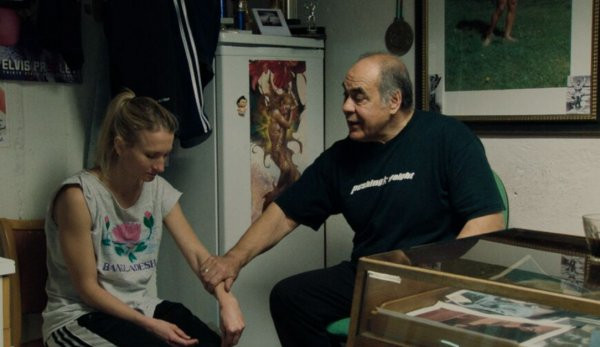
Gritt’s situation is similar. She does not come from a typical Scandinavian middle-class family but was raised in a small, Christian community. Her voice-over is a direct expression of her character: she likes to ponder and express what she’s experiencing. This is not considered valuable in Scandinavia. The more alienated she becomes, the more she starts to hold on to the concept of the “White Inflammation.” It becomes an obsession, almost a radicalization.
Offscreen: I see, so that is how the personal and the social come together. Switching back to the former, Gritt has yet to break through into the art world and I am sure that you, at one point, found yourself in a similar position. How much of Gritt’s struggle has been adapted from your own?
Itonje: I know her struggle well. It’s the feeling of being at the point of losing your sanity. It’s the period in your life and your career where just about everything you try to express sounds irrelevant or incomprehensible. It’s a lonely, desperate place, yet artists are always pulled through by the strength of their calling. I think many people have a sense of calling – a feeling that’s so strong you are compelled to follow it. If you are unable to follow your calling, perhaps because you live in an unsupportive environment, an existential crisis is inevitable. You can really go mad.
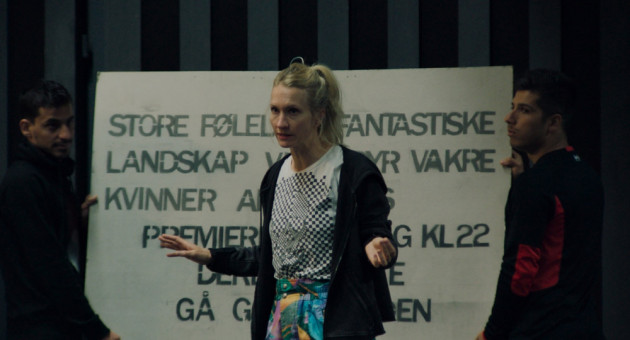
Offscreen: Gritt most definitely has a calling. But at times she is so possessed by it that it does her more harm than good. The successful director and critics she meets always act so calm and composed. Gritt, by contrast, is neurotic, incoherent and overbearing. She is consumed by her own ideas, almost to the point of losing touch with the real world. As a result, she comes across as feverish or delusional. Is this something you had in mind?
Itonje: I often conceive of my characters in terms of elements. Gritt is fire and air. When she arrives at the woods at the end of the film, she finds spiritual balance by surrounding herself with water and earth. She can easily light up and burn out and burn others. If she was calmer and more rooted, a lot of the drama in her story could have been avoided.
Then again, especially in Norway, it’s important never to be too intense. We have a saying that is unique to Norwegian, and it applies to people gathering somewhere warm and having a nice time together. “Cozy” is a popular English translation, but it doesn’t capture the social and cultural significance that our saying has. For us, coziness is contingent on people acting as a collective, existing in a space where everyone always agrees with one another. Gritt is not like that; she lacks the adaptability needed to fit in.
Offscreen: There is a Dutch translation that closely matches the meaning of the Norwegian term you just described. In that language, “coziness” is also connected to getting along with and being accepted by your society. This makes me think the concept we are discussing is not unique to Scandinavia, but extends to a larger region, perhaps the socialist countries of Northern Europe. From my experience, the “coziness” we’re talking about is much harder to find in a place such as New York City, where individualism and self-expression come before community. Maybe Gritt should try her luck there.
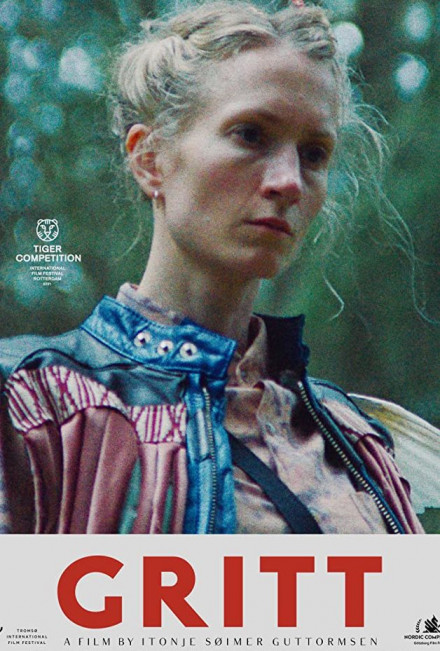
Itonje: Funny you mention it. Growing up, I was taught to hate and distrust the United States. But when I came here, I was overjoyed to find a place where everyone felt free to do their own thing and show off who they really were. Even when I am traveling in Europe, I feel I can breathe more easily in Italy than I can in Norway or Denmark. It’s almost like the further north you go, the more similar everyone looks. If Norwegians buy an eccentric item of clothing on a trip, like a hat, that hat will come off the moment they get back home.
Offscreen: To thrive as an artist – both financially and emotionally – requires several things that are, by definition, out of our control. Natural talent is one. Luck is another. Whether Gritt has talent or not, I can’t say. However, it’s clear from the developments in the film that she is not lucky. Every time she gets close to explaining the meaning of her art in a manner that people can understand and sympathize with, something happens that takes away her spotlight – a phone ringing, a person entering the room, etc. There’s a great scene towards the end of the film where she is repeatedly interrupted by the crying of a child – something that annoys her beyond measure, but which she can do nothing about.
Itonje: There definitely seems to be a constant disturbance around her. Sometimes, as with the phone or the crying, this disturbance is random. At other times, it’s deliberate: the people around her are impatient, disinterested and prejudiced. When Gritt is interrupted, or when people fail to understand her, she physically and mentally shuts down. She cannot let doubt or bad luck get between her and her calling. The quality is reflected in her name: to have grit is to be resilient.
Gritt’s resilience makes her unbearable for some people, because she is laser-focused and does not give up or compromise. But if those around you don’t accept you for who you are, you are better off alone. Retreating into the woods, as she eventually does, is an archetypal action: it shows that she is someone who won’t dial down because others cannot contain her. I relate to this: in my vulnerable phase, I too needed to be alone because I didn’t feel I could trust others if they saw me.
Offscreen: The acting, directing and set design in this film were all excellent. However, above all, I was impressed by how you worked out the underlying concept. As I said before, this is a film about someone who fails to make herself understood, yet you made the movie in such a way that the audience can easily understand what’s going on. We never go inside Gritt’s head yet we feel the distress of her being ignored and underappreciated. How did you do that?
Itonje: The short answer is that I worked on this screenplay for about 20 years. In the end, you could say the script finished itself. While writing the story, I learned that I don’t have to explain everything to everyone. If I struggle to explain something in a way so that others will understand me, I don’t. I keep those things to myself, and my great joy these days is when I get to talk to people like you who still understand.
Offscreen: Ironically, I might understand the film even better because of the fact that you did not try to present everything as unambiguously as possible. At the same time, I’m incredibly conscious of the fact that my interpretation of the film – this psychological thriller thing – might be different from that of other critics, Lund included. Have people had different responses or do they all come out of this film having seen the same thing?
Itonje: They have totally different responses, mostly because they see the events in the film as a reflection of their own experience. Some viewers experience the film as disturbing and others see it as empowering. Some found themselves extremely irritated by Gritt, even more so than the characters she interacts with. This I found interesting because I’m not easily irritated by others; I enjoy people for their strangeness and particularities.



